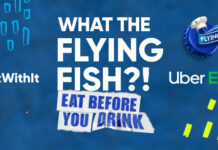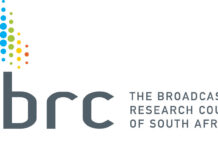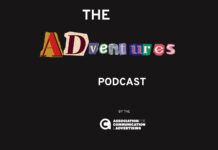Sophistication of digital channels
By now it is well documented that the various COVID-19 lockdowns accelerated the more widespread adoption of a number of digital tools. Essentially lockdown led us to a place where our use of digital channels became more sophisticated, which necessitated that brands rapidly elevate their online offering to meet growing needs.
This sophistication has led to the optimisation of brand experiences on digital platforms, and we’re likely to see even more of it in 2022 and beyond.
By way of example, the Tomorrowland electronic music festival used to attract some 500 000 people to the two-week festival in Belgium. With the onset of the pandemic the organisers took the festival online and reinvented it simply as a two-day immersive online experience – and attracted 10 million people! This speaks to the power of a well considered immersive online event, if done right.
Everywhere commerce
As digital channels become more sophisticated, the places and spaces where online transactions can happen increases, and improves. Instagram, for example, has reshaped the user experience so that it is shopper focused. Not only do we consume content, but the products featured in that content need to be instantly shoppable, lending itself to everywhere commerce.
At a practical level, this means brands need to rethink and reframe their e-commerce offering. An online shop is just one, basic element of a larger e-commerce ecosystem. Every aspect of the user journey needs to be optimised for commerce, which means that functionality needs to be seamlessly integrated across brand platforms. Competitive brands seek to create conversions across every aspect of the user experience.
Every brand is an entertainment brand
In 2022, every company needs to see itself as an entertainment company. More than anything, people want to be entertained, and “brand conversations” typically aren’t entertaining.
This means thinking laterally about brand associations and customer value to ensure the entertainment element doesn’t feel forced or, worse, tone deaf for the audience it’s targeting.
For example, KBC bank in Belgium embraced entertainment by making live football clips available on its app to increase usage. KBC had no association to football but saw an opportunity to build affinity with football fans, which represents a significant portion of the bank’s target audience.
Significantly, the bank didn’t do this to increase transactions on the app, which would have been the traditional motivation. Instead it took the longer-term, more strategic approach and opted for usage and brand affinity first, knowing that transactional use would be the inevitable result.
This serves as a brilliant example of how notions of brand value can be expanded – and challenged – to speak to the passion points of an audience through entertainment.
The rise of emotional technology
For all the hype around Artificial Intelligence (AI), we’re starting to recognise its flaws and limitations. For one, AI lacks emotional intelligence (EQ) and tends to be biased towards the person who programmed it.
With programming moving into a space where it learns to evaluate human emotions, it gives rise to a situation where a user’s feelings about a particular product, service or experience can be measured and assessed, and the brand offering can be modified accordingly.
For example, what’s stopping a brand from charging you a premium on a product if it knows you’re in a good mood at the point of possible conversion?
Naturally this raises a number of ethical concerns, though the conversation around the morality of tracking emotions is still in its infancy. Will we be at the mercy of the robots by virtue of the fact that the technology will know our emotions? Or will it be used to improve products and service offering? Currently data integrity is very low and we still need to figure out how this world is best navigated. But we do need to caution against a scenario that allows for that data to be exploited and used unethically.
Online word of mouth
Yes, it sounds like the ultimate oxymoron but online word of mouth may well be the next frontier for integrated online experiences, or Digital Live Together. As we move into the era of influencer marketing 2.0, the barriers between online and offline experiences become more integrated and feel almost seamless.
One example is Walmart and the partnership they have with content creators on TikTok. For Black Friday 2020, for example, Walmart asked people to stay out of their stores but to rather go online because that’s where a shoppable live stream will be happening. While the creator is speaking, the viewer can click on the product in question and shop it right there.
Digital Live Together allows for real time interaction, irrespective of whether it’s online or offline, while delivering an experience that ensures users feel part of a community.
While it may be impossible to guess at the timeframe of the widespread adoption of these trends, one thing is certain: the future is filled with digital potential.




















































































